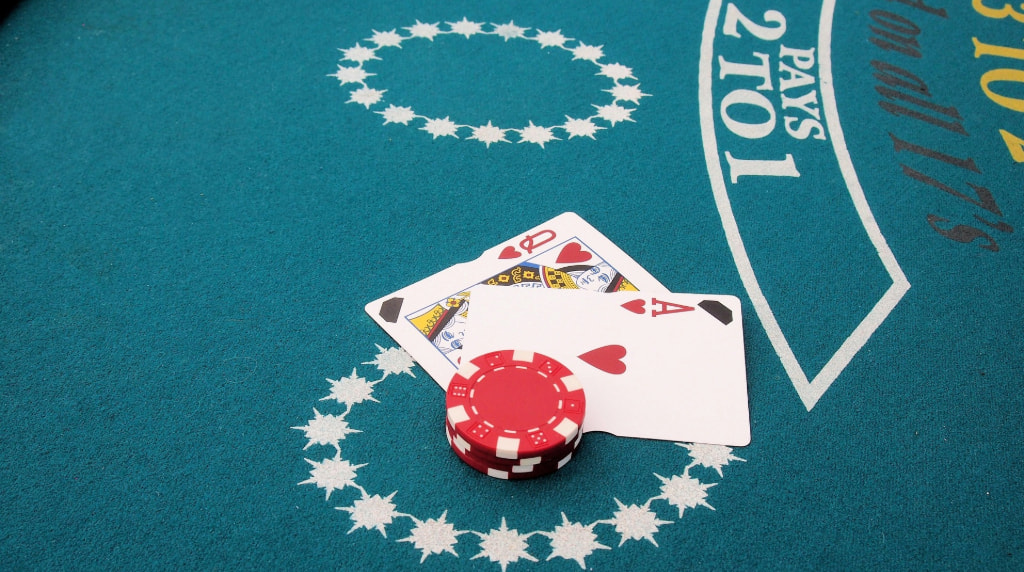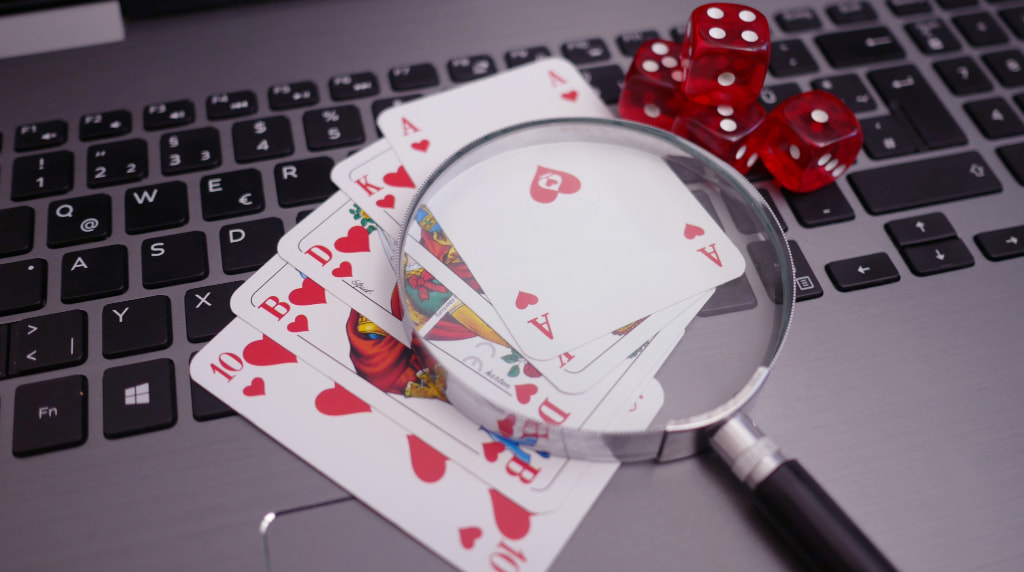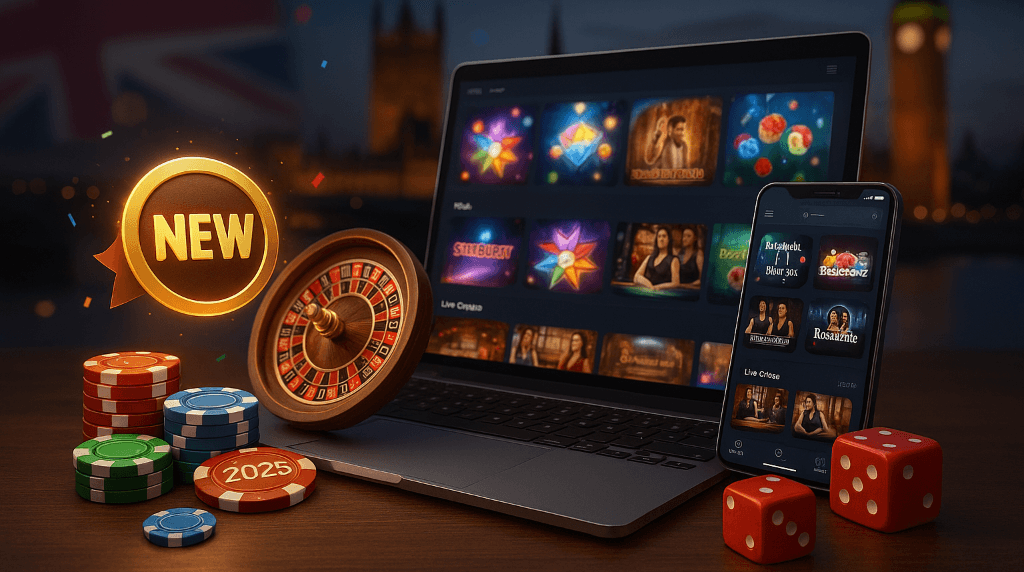Blackjack: Dealing With a Soft 17 and Learning How to Play It
In blackjack games, there are two types of hands worth 17: hard and soft. This blog post summarises them both and goes into further detail about the soft 17, explaining how best to play it.
Knowledge Is Key in Blackjack
Blackjack puts you against the dealer, and whoever gets the closest to 21 wins the game without going over that number. It’s one of the most widely played casino games and is popular at land-based and online casinos.
Part of what makes blackjack an appealing game is that you, as the player, must make decisions about your hand. The actions you choose can help you win or even lose the game.
Whether you play at blackjack sites, land-based casinos or both, you should know about the soft 17. This is a particular type of hand you can handle at the start of the game.
The Soft and Hard 17 in blackjack
So, what is a soft 17 in blackjack? It’s a hand that contains a 6 and an ace. What’s special about the ace in blackjack games is that it has two possible values: 1 and 11.
All other cards have a single, fixed value, e.g. the 7 can only ever be worth 7. When determining the value of the ace, you choose whichever value gets you closest to 21.
However, if you have a hand where an ace worth 11 would put you over 21, you value the ace at 1 instead so you get to stay in the game.
For example, if your hand is 5-6-ace and you’re valuing the ace at 11, this hand would be worth 22. By valuing the ace at 1, the hand is now worth 12, which keeps you in the game.
With a soft 17, you have a 6 and an ace that you’re valuing at 11. This hand doesn’t give you an instant win like a natural (any hand with a 10 and an ace that you count as 11).
However, the soft 17 is still important because of how you can play it and how it can affect your gameplay. As explained below, this hand is quite a good one to have.
By contrast, a hard 17 is any hand worth 17 that doesn’t contain an ace. For example, a hand containing 7-10 would count. Since there is no ace, the total value of this hand is fixed.
What to Do with a Soft 17
If you get a blackjack soft 17, the good news is that you have some flexibility. This is because you can give the ace a value of 1, which makes your hand worth 7.
Whatever your third card is, it won’t take you past 21. If you get an ace and say it’s worth 11, your hand’s total value would be 18. Even so, you can always count the second ace as 1.
If your third is a high-value blackjack card such as 10 or 9, it will take your total hand value to 17 or 16 respectively. Hitting on a 17 is risky, but hitting at 16 is slightly less risky.
When you have a hard 17, your options are limited. You can hit, but there are only four cards (ace, 2, 3 and 4) that will keep you in the game. All others will take you past 21.
A soft 17, therefore, gives you a safety net. You can keep your hand at 17 or choose to hit once or possibly more times to potentially improve the value of your hand.
The Soft 17 and Basic Blackjack Strategy
When coming up with a strategy in blackjack, you should think about how to deal with a soft 17. The basic blackjack strategy is without a doubt the best resource.
This is a chart that tells you what move is statistically the best move to make, depending on your first two cards and the dealer’s face-up card. Many players use it to learn the ropes and improve their chances of winning.
According to basic blackjack strategy, when you have a soft 17 you should double down if the dealer’s face-up card is 3, 4, 5 or 6. If doubling down isn’t allowed, you should hit instead.
You should hit if the dealer’s face-up card is 2, 7, 8, 9, 10, J, Q or K. Following basic strategy is the best way to play a soft 17 blackjack hand.
When the Dealer Gets a Soft 17
It’s possible for the dealer to get a soft 17 in blackjack games. After all players have acted, the dealer reveals their second card. If they haven’t got blackjack, they hit until their hand is worth 17 or higher.
In some blackjack games, if the dealer ends up with a soft 17, i.e. a 6 and an ace, the dealer is required to stand. In other games, the dealer has to hit when they have a soft 17.
If it’s revealed that the dealer has a soft 17, by this point in the game there’s nothing you can do. This is because you will have already decided what to do with your hand.
If the dealer’s first card is a 6 or ace, there’s a small chance their face-down card will make a soft 17. There’s no point in adjusting your strategy in case this happens.
The best thing to do is simply to focus on beating the dealer to 21. Use basic blackjack strategy and maybe even other strategies to improve your gameplay and boost your chances of winning.
How a Soft 17 Affects the Dealer
Having said that, does it matter whether the dealer stands or hits on a soft 17? If the dealer hits on a soft 17, they have a chance to improve their hand’s total value.
This means that the dealer has a slightly better chance of winning. When the dealer has to stand on a soft 17, their chances of winning are slightly lower.
This is because their hand’s total value is fixed at 17 and they can do nothing to improve it. When playing blackjack, try to find games where the dealer stands on a soft 17.
If you’re playing online, the paytable should make it clear whether the dealer hits or stands on a soft 17. When at a land-based casino, what the dealer does should be printed on the blackjack table.

 5 Trends That Have Reshaped Online Casinos in the UK
5 Trends That Have Reshaped Online Casinos in the UK
 Celebrate the New Year at These UK Casinos
Celebrate the New Year at These UK Casinos
 5 Newcomer Online Casinos That Impressed Our Team in 2025
5 Newcomer Online Casinos That Impressed Our Team in 2025
 5 Unique Benefits We Wish More Casino Sites Offered
5 Unique Benefits We Wish More Casino Sites Offered